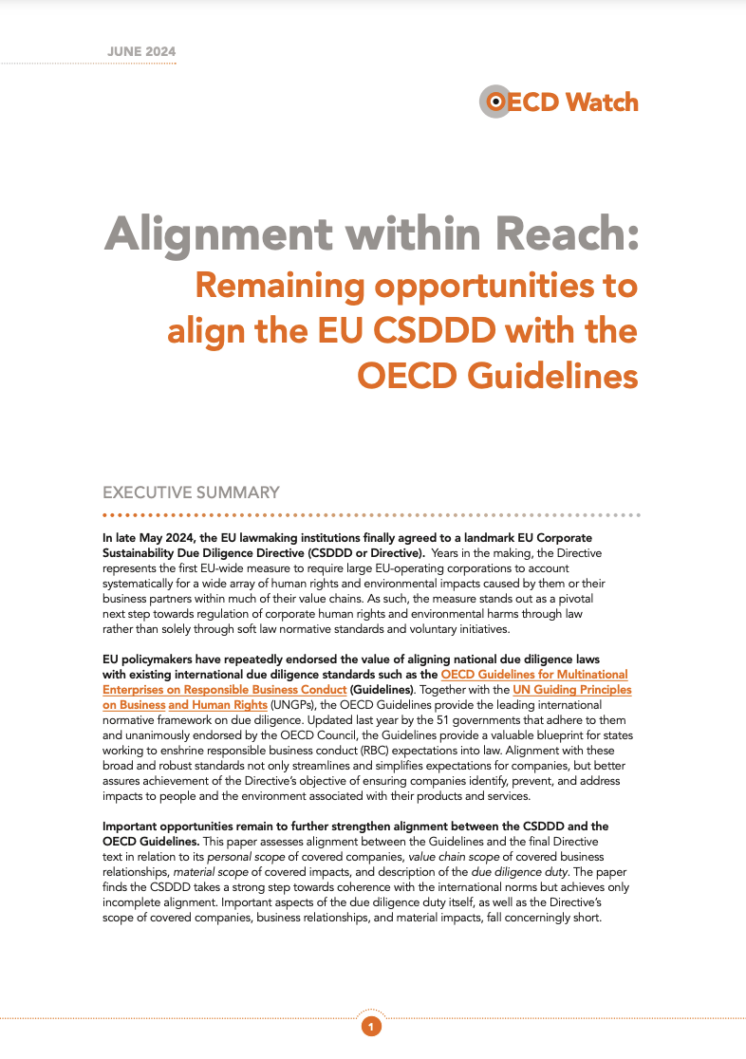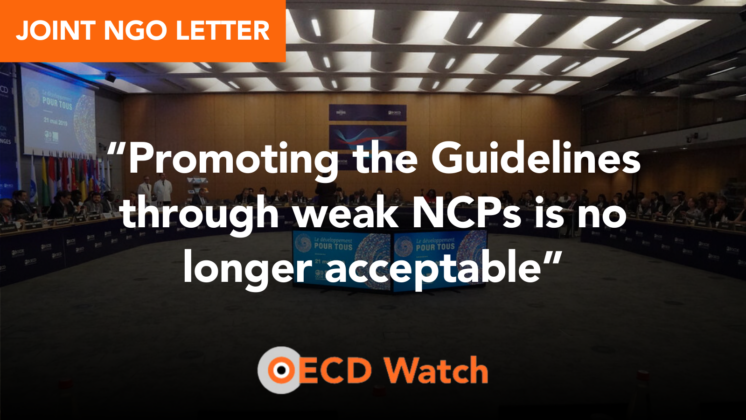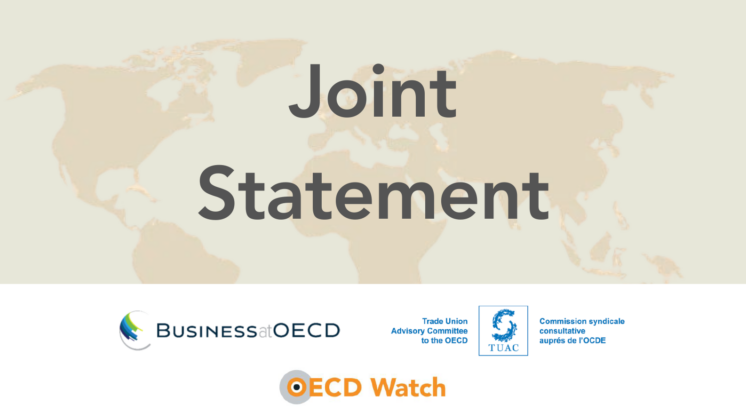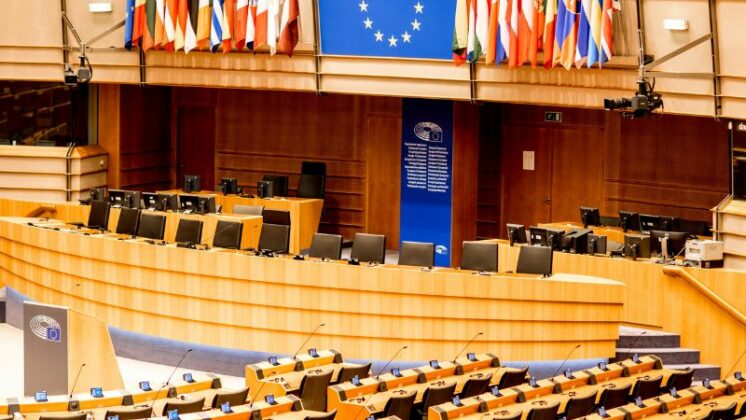Due diligence has emerged as the fundamental and essential behavior expected of any responsible business. The 2011 revision of the OECD Guidelines for Multinational Enterprises (OECD Guidelines), which incorporated concepts from the UN Guiding Principles on Business and Human Rights (UNGPs), made a major contribution to raising the expectation of due diligence by companies to an international consensus. The problem is that there is no agreement over what due diligence really means.
That is why the Guidance is so important. Though not perfect and not always as clear as we would have liked, it settles certain critical issues and concepts around due diligence and it dispels many common misunderstandings. It will be a very useful resource for both business and stakeholders. Its endorsement by the OECD Council means that the Guidance will be the most authoritative international elaboration of due diligence that is likely to be available for many years.
The Guidance has two purposes. One is to help business understand and implement the due diligence required of companies under the OECD Guidelines. The other purpose is to promote a “common understanding amongst governments and stakeholders on due diligence for RBC”.
A different type of due diligence
The Guidance dispels two common misunderstandings. First, the due diligence in the OECD Guidelines is not the same as the investigations undertaken by businesses prior to signing commercial contracts or making investments. As in the UNGPs, the due diligence in the OECD Guidelines is concerned with impacts on people, not the company, and seeks to identify, prevent, mitigate and account for how actual and potential adverse impacts are addressed. Indeed, the structure of the Guidance reflects these objectives. All of this is qualitatively different from transaction due diligence. Second, due diligence for responsible business conduct (RBC) means more than “do no harm” As the Guidance shows, due diligence for RBC involves bundles of interrelated iterative processes, many of which must involve pro-active behavior.
Another difference between transaction due diligence and due diligence for RBC concerns stakeholders. The Guidance states that meaningful stakeholder engagement is “a key component of due diligence” that is “important throughout the due diligence process”. We are convinced that how seriously a company takes stakeholder engagement is a good measure of its sense of responsibility. Critically, the Guidance recognizes that stakeholder engagement or consultation is in certain circumstances a right in and of itself. This means that, in those circumstances, a lack of consultation will not only amount to a due diligence failure but to a human rights abuse.
The Guidance sets straight other misunderstandings. One is that due diligence is only for big companies. Although the Guidance states that the size of an enterprise can affect the nature and extent of due diligence, it also is clear that it is the extent of the risk and not the size of the enterprise that determines the responsibility to conduct due diligence. According to the Guidance, an essential characteristic of due diligence is that it must be commensurate with the risk. After all, that is what the “due” in “due diligence” means!
Another misunderstanding is that due diligence is only about activities that have already started. The Guidance states that “due diligence should become part of a business’ decision-making and risk management.” It also states that “the purpose of due diligence is first and foremost to avoid causing or contributing to adverse impacts on people.” The preventative and forward looking nature of this responsibility is essential!
Due diligence has become a fashionable term and many initiatives and practices associated with “corporate social responsibility” have, in one way or another, been rebranded as “due diligence”. The Guidance recognizes room for collaboration in carrying out due diligence and suggests how multi-stakeholder and industry initiatives can be a means for this. However, the Guidance takes a more realistic and considered approach to these initiatives when it reminds us that, “Participation in an initiative does not shift responsibility from the enterprise to the initiative for adverse impacts that it causes, contributes to or to which it is directly linked.” CSR initiatives might help, but do not replace RBC due diligence.
Another difference for this kind of due diligence is the role of communication. The Guidance recognizes that communicating information about the due diligence process is itself part of due diligence: “Enterprises should account for how they identify and address actual or potential adverse impacts and should communicate accordingly.” The Guidance provides advice on what should be disclosed, to whom, when, why and how. The Guidance acknowledges that disclosing information can be necessary to respect human rights and considers ways of communicating to the extent possible while managing confidentiality concerns.
Raising the bar
One of the reasons why stakeholder engagement and communication is essential is that due diligence is not about the company – it is about the people that are affected or could be affected by the company regardless of whether they have any interest in the company or any ability to influence the company.
Although some believe that remedy is a different matter altogether from due diligence and that it can be treated separately, the Guidance does not give remedy the “elephant in the room treatment”. The relationship is clearly stated: “When an enterprise identifies that it has caused or contributed to actual adverse impacts, it should address such impacts by providing for or cooperating in their remediation.” This is important because, when it comes to adverse impacts, there are only two things that count in the end: one is prevention and the other is remedy.
Why are we sounding so positive? Because the Guidance elaborates on concepts that are frequently misunderstood and its existence will have the effect of “raising the bar”, even when it is repeating what has already been said elsewhere. Moreover, we look forward to this Guidance having a role in future developments including national, regional and international requirements for due diligence.














